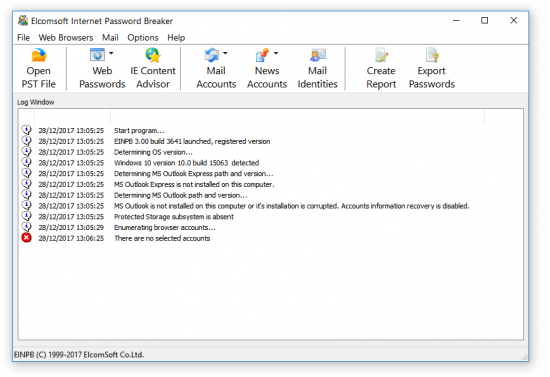

(The beta and dev channel suffixes are determined from $CHROME_VERSION_EXTRA, which is passed by the launch wrapper script.) (The canary channel suffix is determined using the CrProductDirName key in the browser app's ist.) Linux
~/Library/Application Support/Chromium.  ~/Library/Application Support/Google/Chrome Canary. ~/Library/Application Support/Google/Chrome Beta. ~/Library/Application Support/Google/Chrome. The default location is in the Application Support folder: (The canary channel suffix is determined using InstallConstants::install_suffix.) Mac OS X %LOCALAPPDATA%\Google\Chrome SxS\User Data. %LOCALAPPDATA%\Google\Chrome Beta\User Data. %LOCALAPPDATA%\Google\Chrome\User Data. The default location is in the local app data folder:
~/Library/Application Support/Google/Chrome Canary. ~/Library/Application Support/Google/Chrome Beta. ~/Library/Application Support/Google/Chrome. The default location is in the Application Support folder: (The canary channel suffix is determined using InstallConstants::install_suffix.) Mac OS X %LOCALAPPDATA%\Google\Chrome SxS\User Data. %LOCALAPPDATA%\Google\Chrome Beta\User Data. %LOCALAPPDATA%\Google\Chrome\User Data. The default location is in the local app data folder: 
release channel (stable / beta / dev / canary). Chromium, based on is_chrome_branded in GN args), and The default location of the user data directory is computed by chrome::GetDefaultUserDataDirectory. C:\Users\Alice\AppData\Local\Google\Chrome\User Data. C:\Users\Alice\AppData\Local\Google\Chrome\User Data\Default. The user data directory is the parent of the profile directory. This gives the path to the profile directory. To determine the user data directory for a running Chrome instance: The user data directory contains profile data such as history, bookmarks, and cookies, as well as other per-installation local state.Įach profile is a subdirectory (often Default) within the user data directory. Writing an AppleScript wrapper (Mac OS X).










